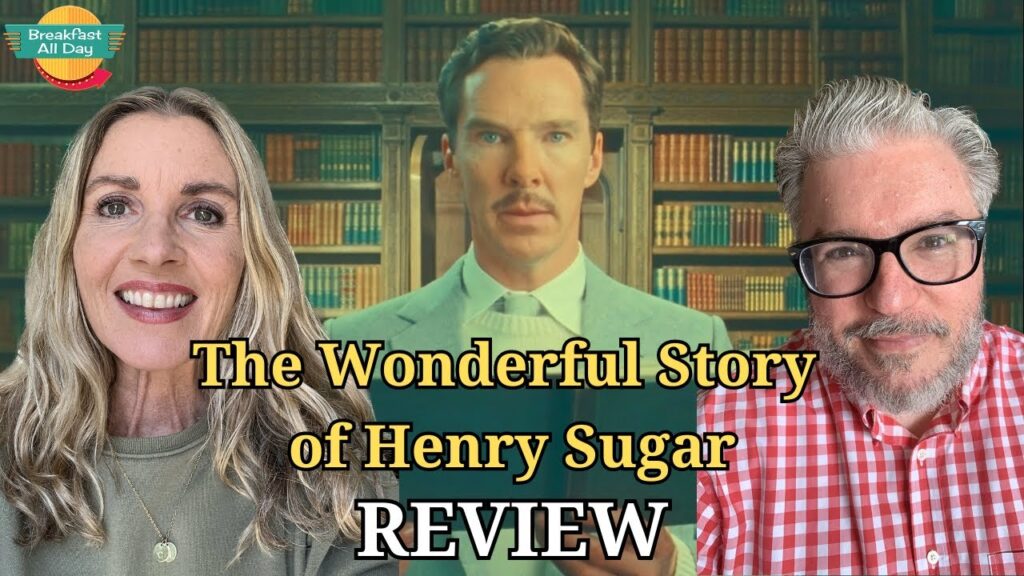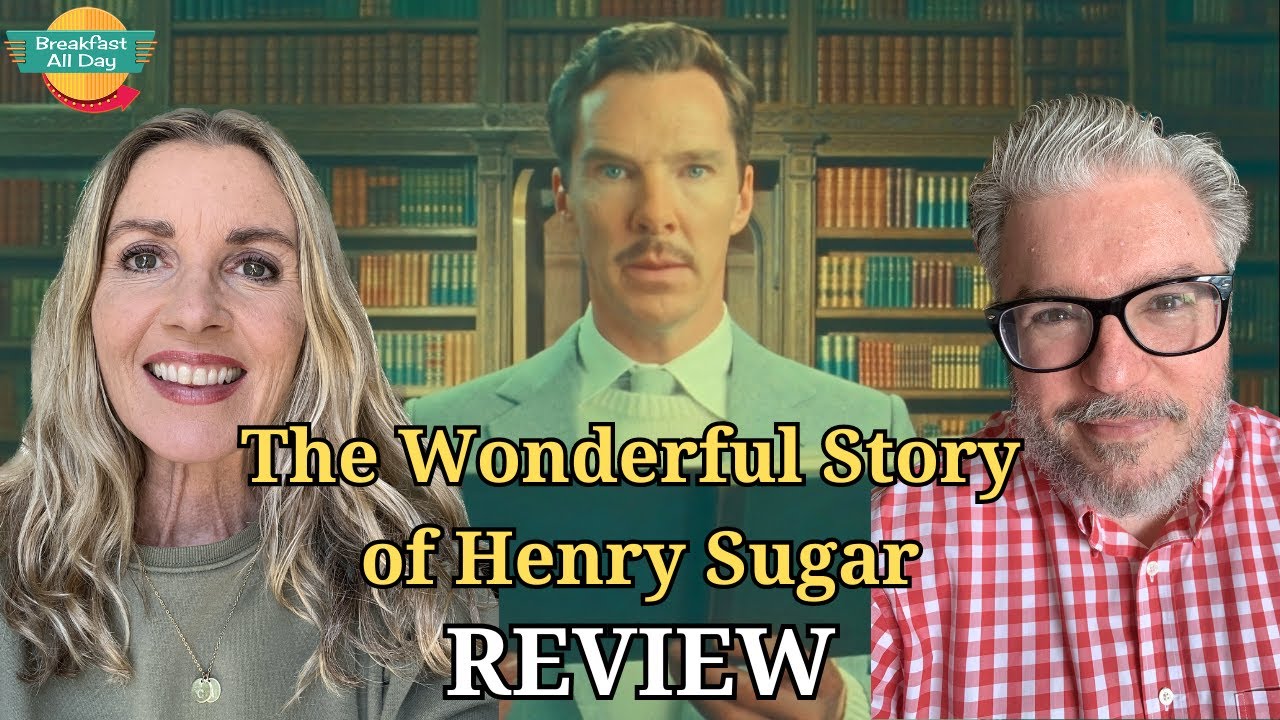
Decoding the Narrative Style of ‘The Wonderful Story of Henry Sugar’: A Comprehensive Analysis
Roald Dahl’s ‘The Wonderful Story of Henry Sugar,’ part of the collection *The Wonderful Story of Henry Sugar and Six More*, stands out not just for its fantastical plot but also for its distinctive narrative style. This analysis delves into the key elements that define Dahl’s approach in this particular story, exploring how he blends metafiction, direct address, and a deceptively simple prose to create a captivating and thought-provoking reading experience. Understanding the narrative style of ‘The Wonderful Story of Henry Sugar’ is crucial for appreciating its deeper themes and Dahl’s overall literary craftsmanship.
Metafiction and the Breaking of the Fourth Wall
One of the most striking aspects of Dahl’s style in ‘The Wonderful Story of Henry Sugar’ is his overt use of metafiction. Dahl inserts himself as a character within the story, recounting how he discovered a manuscript detailing Henry Sugar’s extraordinary abilities. This blurring of the lines between author, narrator, and character is a deliberate choice. It draws attention to the constructed nature of the narrative itself. He frequently breaks the fourth wall, directly addressing the reader and commenting on the storytelling process. This technique, while unconventional, serves to engage the reader more actively, inviting them to question the boundaries between reality and fiction. This metafictional layer is a core component of the story’s appeal and differentiates it from more traditional narratives. The presence of Roald Dahl within ‘The Wonderful Story of Henry Sugar’ adds an extra layer of complexity.
Direct Address and Conversational Tone
Dahl’s use of direct address further enhances the conversational tone of ‘The Wonderful Story of Henry Sugar.’ He often speaks directly to the reader, using phrases like “I must tell you” or “As I said before.” This creates a sense of intimacy and immediacy, as if the reader is being confided in. The language is deliberately simple and straightforward, avoiding overly complex vocabulary or sentence structures. This accessibility is a hallmark of Dahl’s writing, making his stories appealing to a wide range of readers. The conversational tone, combined with the metafictional elements, creates a unique reading experience that is both engaging and thought-provoking. The story, in its core, is designed to be accessible, and the direct address helps to achieve that.
The Power of Simple Prose
While the themes explored in ‘The Wonderful Story of Henry Sugar’ are complex, Dahl’s prose remains remarkably simple. He avoids flowery language and focuses on conveying information clearly and concisely. This simplicity is not a weakness but rather a strength. It allows the reader to focus on the story’s core message without being distracted by stylistic embellishments. Dahl’s skill lies in his ability to convey profound ideas using everyday language. This is particularly evident in his descriptions of Henry Sugar’s training and the philosophical implications of his newfound abilities. The clarity of the prose makes the story accessible to readers of all ages and backgrounds. [See also: Roald Dahl’s Literary Techniques].
Moral Ambiguity and Unconventional Characters
Dahl’s characters, including Henry Sugar, are often morally ambiguous. Henry is initially portrayed as a wealthy and somewhat bored gambler who is motivated by self-interest. However, as he develops his abilities, he undergoes a transformation and begins to use them for altruistic purposes. This moral ambiguity is a recurring theme in Dahl’s work, challenging readers to question their own assumptions about right and wrong. The unconventional nature of the characters adds to the story’s appeal, making them relatable and engaging. The transformation of Henry Sugar is a key element in the narrative’s exploration of morality and purpose.
Humor and Irony
Humor and irony are integral components of Dahl’s narrative style. Even in a story with serious themes, Dahl manages to inject moments of levity and wit. This humor often arises from the contrast between the fantastical events and the matter-of-fact way in which they are described. The irony is subtle but effective, adding another layer of complexity to the narrative. For example, the idea of a wealthy man using his extraordinary abilities to help others is inherently ironic, given his initial motivations. The use of humor and irony makes the story more engaging and memorable. The story, ‘The Wonderful Story of Henry Sugar,’ is not without its moments of dark humor.
Pacing and Structure
The pacing of ‘The Wonderful Story of Henry Sugar’ is carefully controlled, with Dahl gradually building suspense and revealing information at a measured pace. The story is structured in a way that allows for both exposition and action, keeping the reader engaged throughout. The initial discovery of the manuscript sets the stage for the main narrative, which unfolds in a series of carefully constructed scenes. The ending, while somewhat abrupt, leaves the reader with a sense of wonder and contemplation. The structure of the story contributes to its overall impact and effectiveness. Dahl’s pacing ensures that the reader remains invested in Henry Sugar’s journey.
Thematic Resonance
Beyond its stylistic features, ‘The Wonderful Story of Henry Sugar’ resonates thematically with Dahl’s broader body of work. The story explores themes of self-discovery, the pursuit of knowledge, and the importance of using one’s abilities for good. These themes are presented in a way that is both accessible and thought-provoking, making the story relevant to readers of all ages. The story also touches on the nature of reality and the power of the human mind. The thematic resonance of ‘The Wonderful Story of Henry Sugar’ contributes to its enduring appeal. The core of ‘The Wonderful Story of Henry Sugar’ lies in its ability to make the reader think about their own life.
Dahl’s Legacy and Influence
Roald Dahl’s unique narrative style has had a profound influence on contemporary literature. His ability to blend humor, irony, and moral ambiguity has inspired countless writers. His stories continue to be read and enjoyed by millions of people around the world. ‘The Wonderful Story of Henry Sugar’ is a prime example of Dahl’s literary genius, showcasing his ability to create captivating narratives that are both entertaining and thought-provoking. The enduring popularity of Dahl’s work is a testament to his skill as a storyteller. The story of ‘The Wonderful Story of Henry Sugar’ helps cement Dahl’s legacy.
Analyzing Henry Sugar’s Transformation
A key aspect of understanding ‘The Wonderful Story of Henry Sugar’ lies in analyzing the transformation of its protagonist. Henry Sugar begins as a man driven by boredom and a desire for personal gain. His initial interest in the manuscript stems from the potential to cheat at gambling. However, as he masters the ability to see without his eyes, his perspective shifts. He realizes the potential to use his abilities for something more meaningful than personal enrichment. This transformation is not sudden but rather a gradual process of self-discovery. The challenges he faces in mastering his powers and the encounters he has along the way contribute to his evolving understanding of himself and the world around him. The story highlights the potential for even the most flawed individuals to change and contribute positively to society. The transformation of Henry Sugar is the heart of ‘The Wonderful Story of Henry Sugar’.
The Significance of the Manuscript
The manuscript that Henry Sugar discovers is more than just a plot device; it is a symbol of the power of knowledge and the potential for human achievement. The manuscript contains the teachings of Imdad Khan, a man who dedicated his life to mastering the art of seeing without his eyes. Khan’s dedication and discipline inspire Henry Sugar to embark on his own journey of self-discovery. The manuscript represents a pathway to unlocking hidden potential and achieving extraordinary feats. It also highlights the importance of mentorship and the transmission of knowledge from one generation to the next. The manuscript is the catalyst for Henry Sugar’s transformation and the foundation of his extraordinary abilities. The story ‘The Wonderful Story of Henry Sugar’ would not exist without the manuscript.
The Role of Setting
The settings in ‘The Wonderful Story of Henry Sugar,’ while not always explicitly detailed, play a significant role in shaping the narrative. The initial setting of Henry Sugar’s opulent lifestyle contrasts sharply with the humble origins of Imdad Khan. This contrast underscores the different paths that people can take in life and the potential for individuals from diverse backgrounds to achieve greatness. The various locations where Henry Sugar practices his abilities, from his own home to remote monasteries, further contribute to the story’s sense of adventure and exploration. The settings provide a backdrop for the characters’ actions and contribute to the overall atmosphere of the story. The settings in ‘The Wonderful Story of Henry Sugar’ enhance the narrative’s impact.
Moral Implications and Ethical Considerations
‘The Wonderful Story of Henry Sugar’ raises several important moral implications and ethical considerations. The story explores the question of whether it is justifiable to use extraordinary abilities for personal gain. While Henry Sugar initially intends to use his powers to cheat at gambling, he ultimately realizes the importance of using them for the benefit of others. The story also raises questions about the responsibility that comes with having special abilities. Henry Sugar’s decision to use his powers to help people in need highlights the ethical imperative to use one’s talents for the greater good. The story encourages readers to consider their own moral compass and the potential impact of their actions on others. The story, ‘The Wonderful Story of Henry Sugar,’ forces the reader to contemplate ethical dilemmas.
The Enduring Appeal of ‘The Wonderful Story of Henry Sugar’
The enduring appeal of ‘The Wonderful Story of Henry Sugar’ lies in its ability to entertain, inspire, and provoke thought. The story’s fantastical elements, combined with its relatable characters and profound themes, make it a timeless classic. Dahl’s unique narrative style, characterized by metafiction, direct address, and simple prose, further enhances the story’s impact. The story’s exploration of self-discovery, moral responsibility, and the potential for human achievement resonates with readers of all ages and backgrounds. ‘The Wonderful Story of Henry Sugar’ continues to captivate audiences and inspire them to question their own assumptions about the world. The story ‘The Wonderful Story of Henry Sugar’ remains a relevant and engaging read. The lessons within ‘The Wonderful Story of Henry Sugar’ are timeless.
In conclusion, the narrative style of ‘The Wonderful Story of Henry Sugar’ is a masterful blend of metafiction, direct address, and simple prose. This combination allows Dahl to create a captivating and thought-provoking story that explores complex themes in an accessible and engaging way. By understanding the nuances of Dahl’s narrative approach, readers can gain a deeper appreciation for the story’s literary merit and its enduring appeal. The story of ‘The Wonderful Story of Henry Sugar’ is a testament to the power of storytelling.

